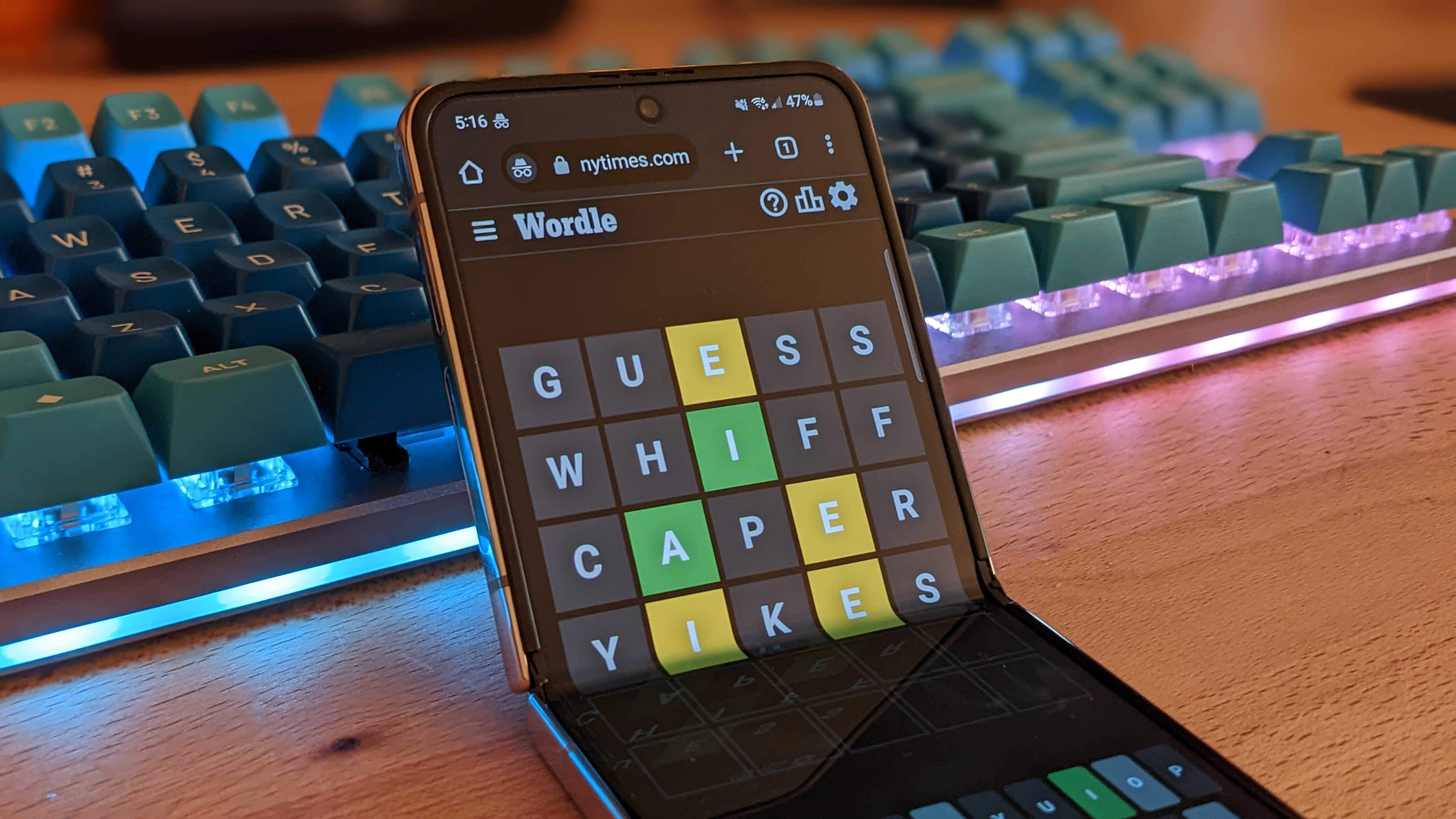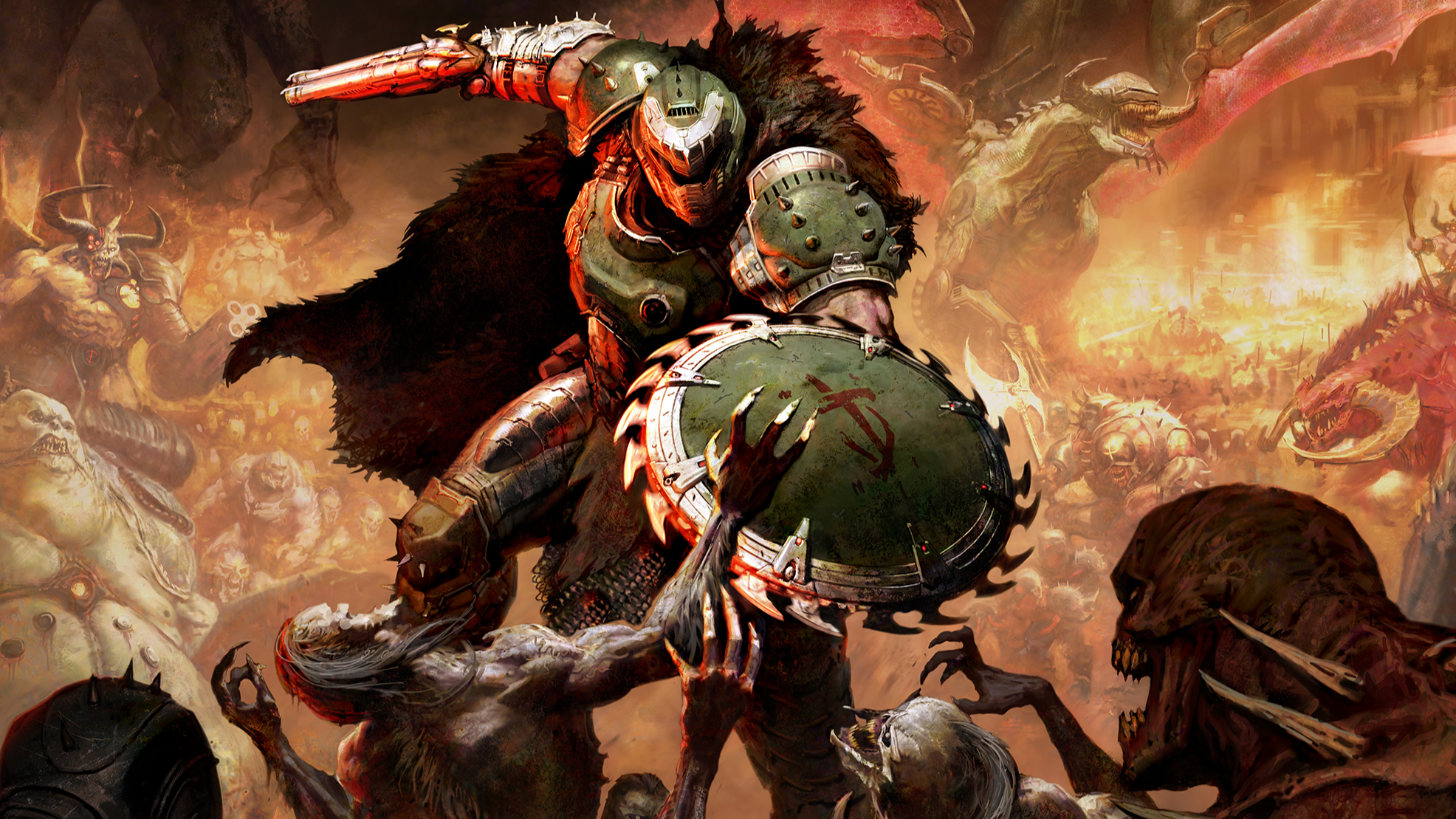
AMD Ryzen 7 9800X3D Review
It’s been at least five years since a new gaming CPU really got me excited. While the AMD Ryzen 9 9950X launched back in August, anyone looking to build a dedicated gaming PC has been patiently waiting for the Ryzen 7 9800X3D, and for good reason. Its predecessor, the Ryzen 7 7800X3D stood out for its gaming performance, even among more expensive processors with more cores. This is thanks to the unique 3D cache design implemented in these X3D processors, which allows each CPU to have access to more cache with lower latency than other chips on the market.
The AMD Ryzen 7 9800X3D follows the 7800X3D’s legacy, delivering performance leads in nearly every gaming test I ran it through. So, while at $489 it’s significantly more expensive than the next-highest processor in AMD’s lineup, it’s worth it if you’re looking to build a high-end gaming PC that can take full advantage of graphics cards like the RTX 4080 Super or Radeon RX 7900 XTX.
Specs and features
On the surface, the AMD Ryzen 7 9800X3D looks a lot like the Ryzen 7 9700X that came out back in August 2024. They’re both 8-core, 16-thread processors built on the Zen 5 architecture, with a 5.2GHz boost clock for the 9800X3D and 5.5GHz for the 9700X. The main difference between the two CPUs is the 3D V-cache on the 9800X3D.
A CPU’s cache is essentially super-fast memory that’s located on the processor die itself, which allows the chip to access any data stored there much faster than your system memory. The more cache a processor has access to, the less data it has to store in RAM, which is much slower. AMD’s 3D V-Cache technology takes it to another level, by placing the cache below the CCD, or Core Chiplet Die, rather than next to it. While we’re talking about nanometers of difference, this approach both allows AMD to include more cache, while also cutting down on latency, as the cache is physically closer to the cores.
This 3D V-Cache implementation allows the Ryzen 7 9800X3D to have a 96MB L3 cache, compared to just 32MB on the 9700X. That’s a 3x improvement, and ends up being extremely important for gaming performance.
The last-generation 3D V-Cache took a similar approach, but printed the cache on top of the cores. This became an issue because the cores were further away from the IHS, or integrated heat spreader, which led to limited CPU performance due to thermal issues. The 9800X3D avoids that problem entirely, peaking at just 80°C in my testing. Unfortunately I do not have a 7800X3D to make a direct comparison, but the Ryzen 7 7700X, built on the same architecture, reaches 93°C in the same test suite.
However, the 9800X3D is a bit more power-hungry than the 9700X. In my testing, I found the 9800X3D would consume up to 160.3W of power when all cores were pushed in Cinebench. Compared to the 9700X with its 88W of power.That’s a huge increase in power draw. This is likely due to AMD taking the brakes off with the 9800X3D, as opposed to its conservative approach to power consumption and temperatures with its non-X3D counterpart.
It’s also much easier to upgrade to the 9800X3D than, say, the Intel Core Ultra 9 285K, thanks to it being compatible with the recently-released X870 motherboards as well as the last-generation X670 platform. AMD has committed to the AM5 socket for another few years, so even if you want to upgrade from the 9800X3D later down the line, you shouldn’t need to completely rebuild your PC to do it.
Performance
While I would expect any $489 CPU to be fast in games, the AMD Ryzen 7 9800X3D has quite the legacy to follow, with the Ryzen 7 7800X3D being known as one of the best gaming CPUs ever. And while I don’t have a 7800X3D to test against, I can tell you that there is no current-generation desktop processor that’s better for gaming performance right now.
Almost across the board, the AMD Ryzen 7 9800X3D outperformed its non-X3D counterpart in gaming. In the 3DMark CPU Profile test, the 9800X3D outperformed the 9700X by 14% in the max threads test, even if it fell behind by 8% in the single-core test. It is worth mentioning the 9800X3D was a bit slower in the Speed Way test, scoring 10,050 points to the 9700X’s 10,180, though that 2% difference does fall in the margin of error.
Cyberpunk 2077 showed the most drastic performance increase, however. In that game, paired with an Nvidia GeForce RTX 4090 at 1080p Ultra settings with no upscaling, the Ryzen 7 9800X3D managed an incredible 240 fps, compared to 163 with the 9700X in the same test. I had to run this test several times to make sure this number was right, because the 9800X3D absolutely smoked the competition in this game. It even beats the $649 Ryzen 9 9950X by 15%.
Adobe Premiere and Photoshop also love CPUs with low latency, so it’s not a surprise that the 9800X3D is awesome for creatives. In Photoshop especially, the 9800X3D managed a score of 11,446, compared to the 9700X’s 11,049 points. In fact, the only current-generation processor that beats this score is the much more expensive Ryzen 9 9950X, with 11,992 points.
Even in Blender, the larger amount of cache allows the Ryzen 7 9800X3D to manage 152 samples per second in the Monster benchmark, a massive improvement over the 9700X’s 123 samples in the same test.
The AMD Ryzen 7 9800X3D is an extremely powerful gaming processor, and while its limited core count makes it somewhat iffy for creatives, it can still hold its own in pro apps when it needs to. If you can afford its lofty price tag, it’s hard to imagine a better gaming processor, at least until the next X3D chips come out – after all, AMD did release a Ryzen 9 7950X3D last time around.
For the last few years, it seems like only a few processors have prioritized gaming performance, especially after AI has become a hot topic in the tech world. Just look at the Intel Core Ultra 9 285K, that could have been an incredible gaming part, but instead it included a completely unnecessary NPU, rather than pushing for better latency, and thus better gaming performance. While that processor has its place, the focus on AI performance made it hard to recommend to anyone looking to build a gaming PC.
Jackie Thomas is the Hardware and Buying Guides Editor at IGN and the PC components queen. You can follow her @Jackiecobra







